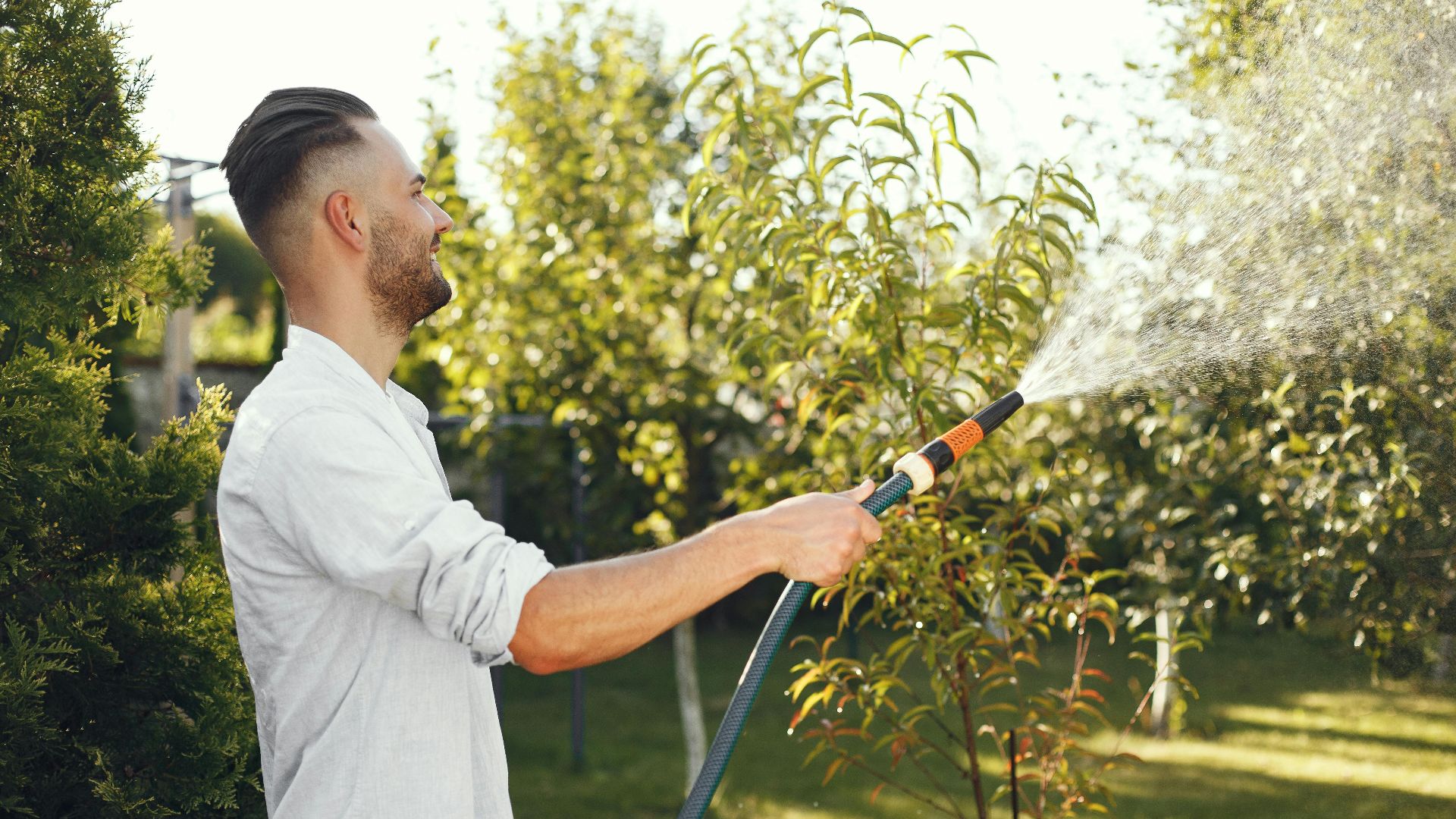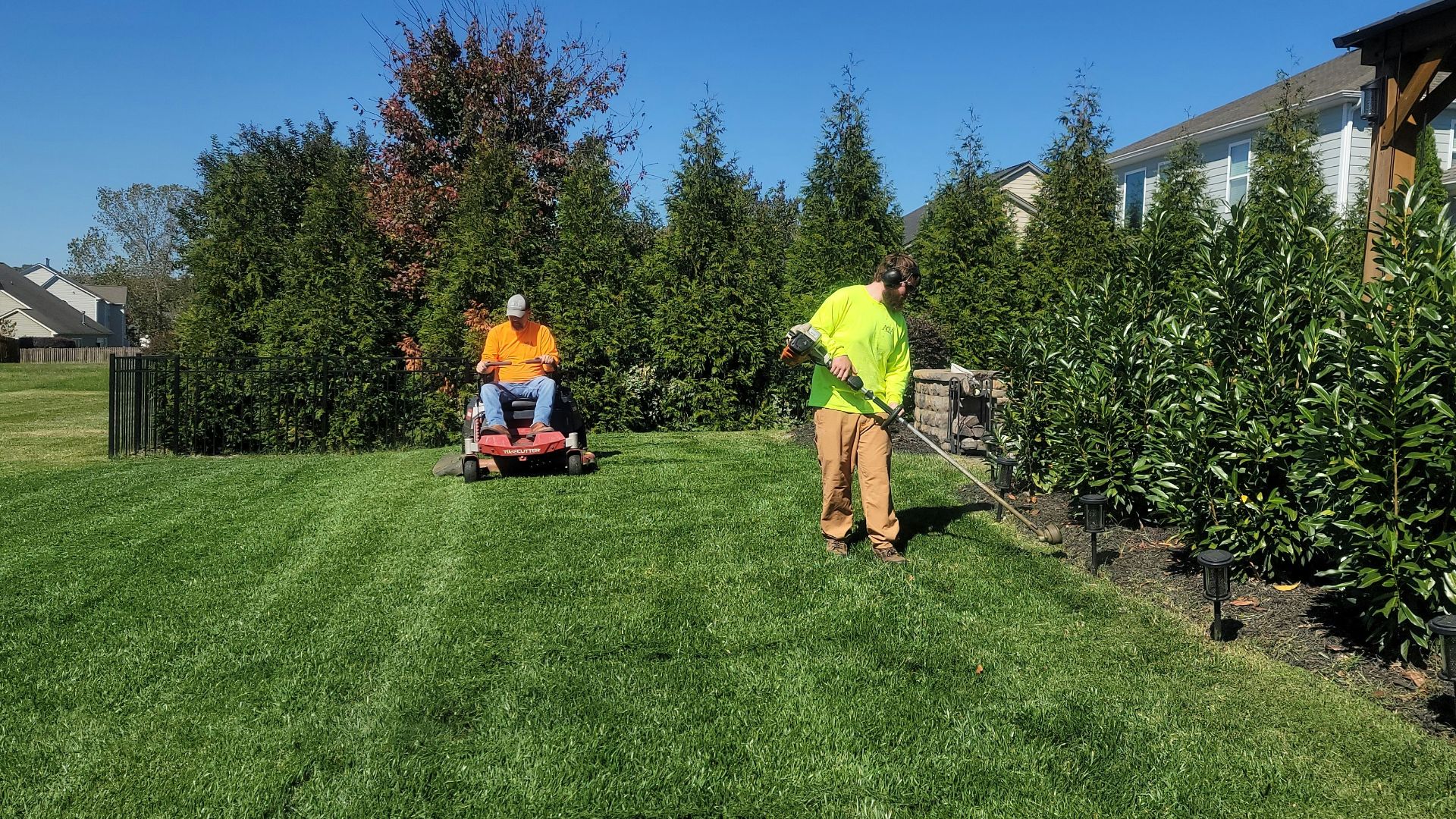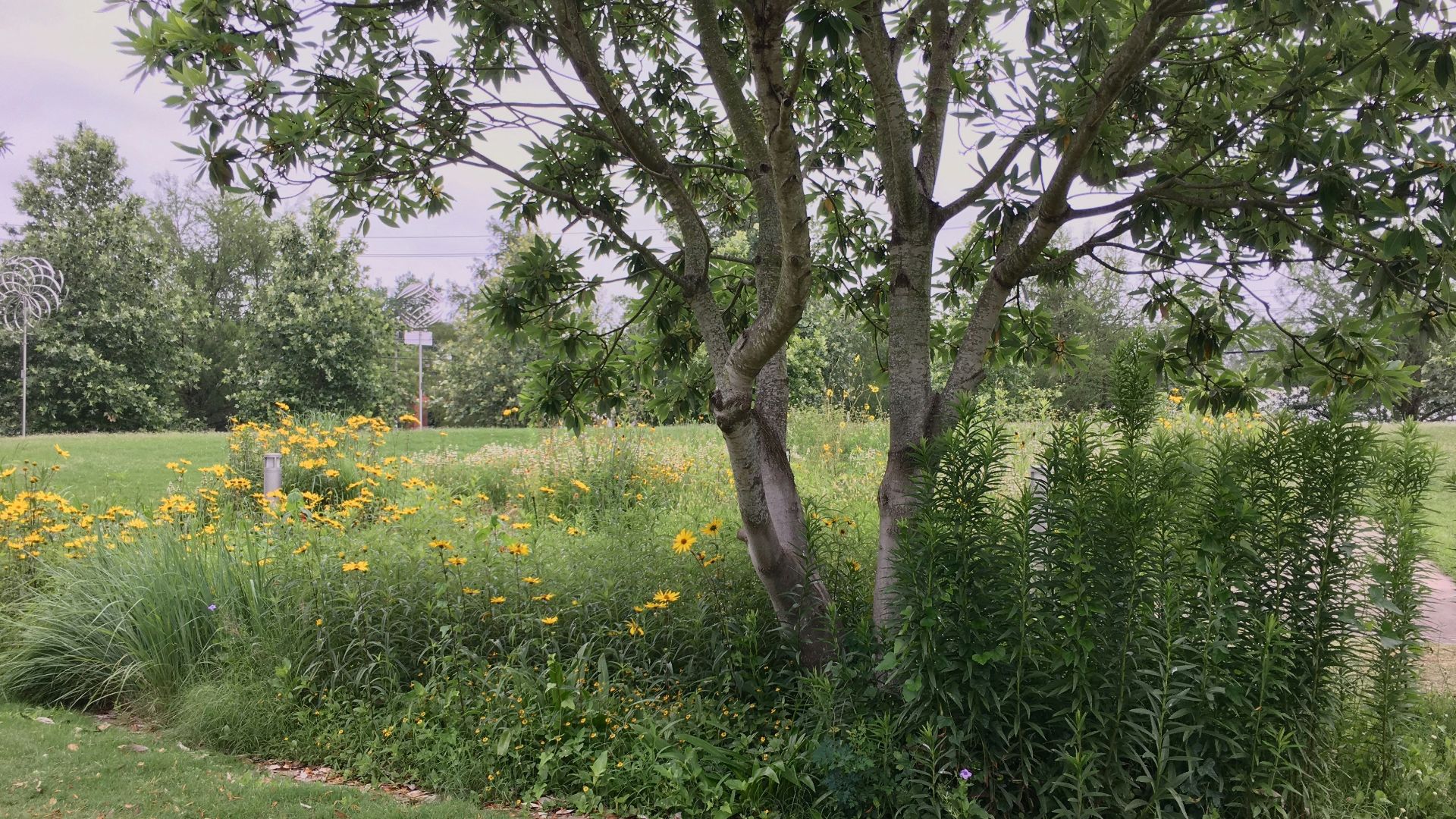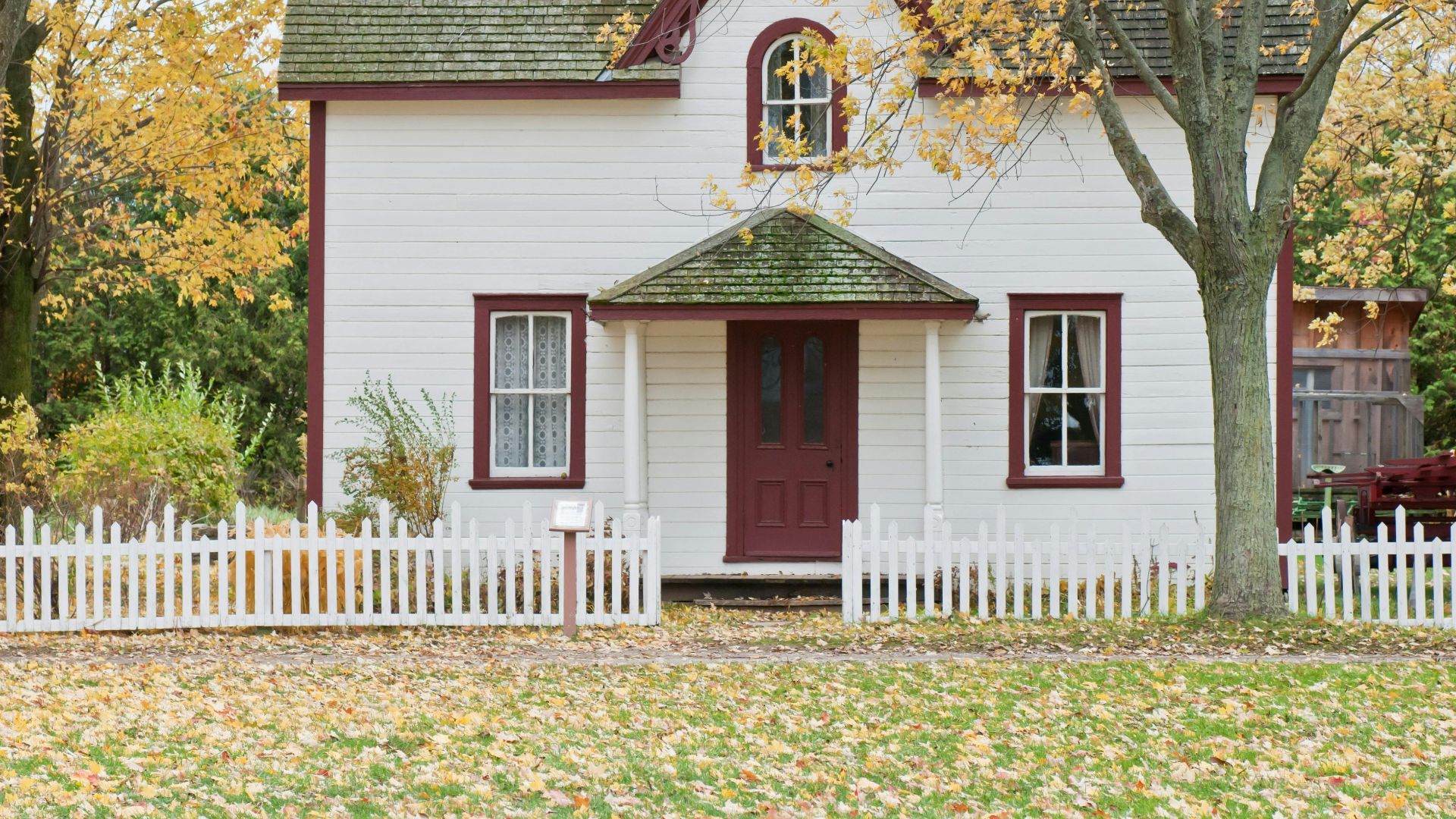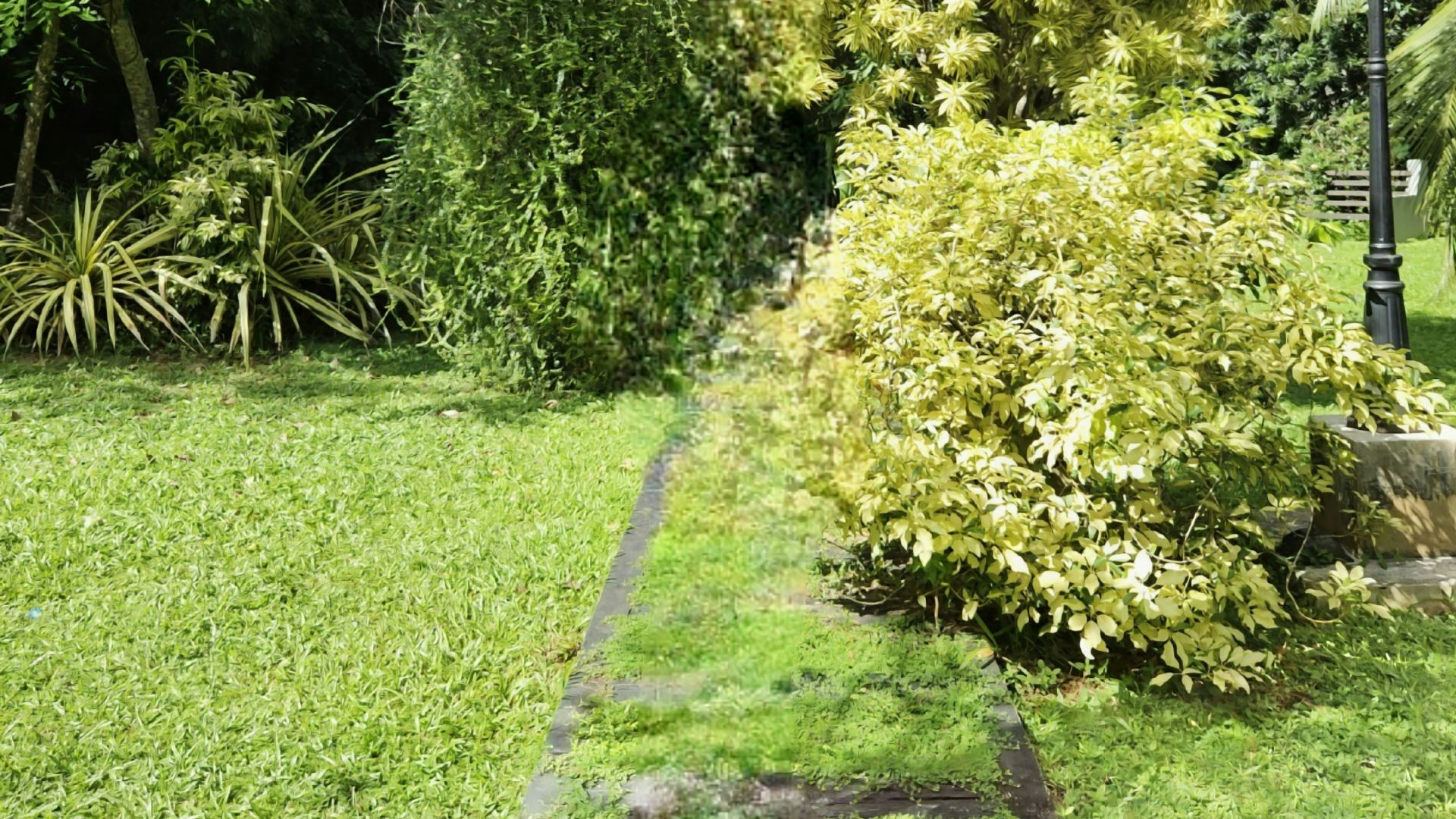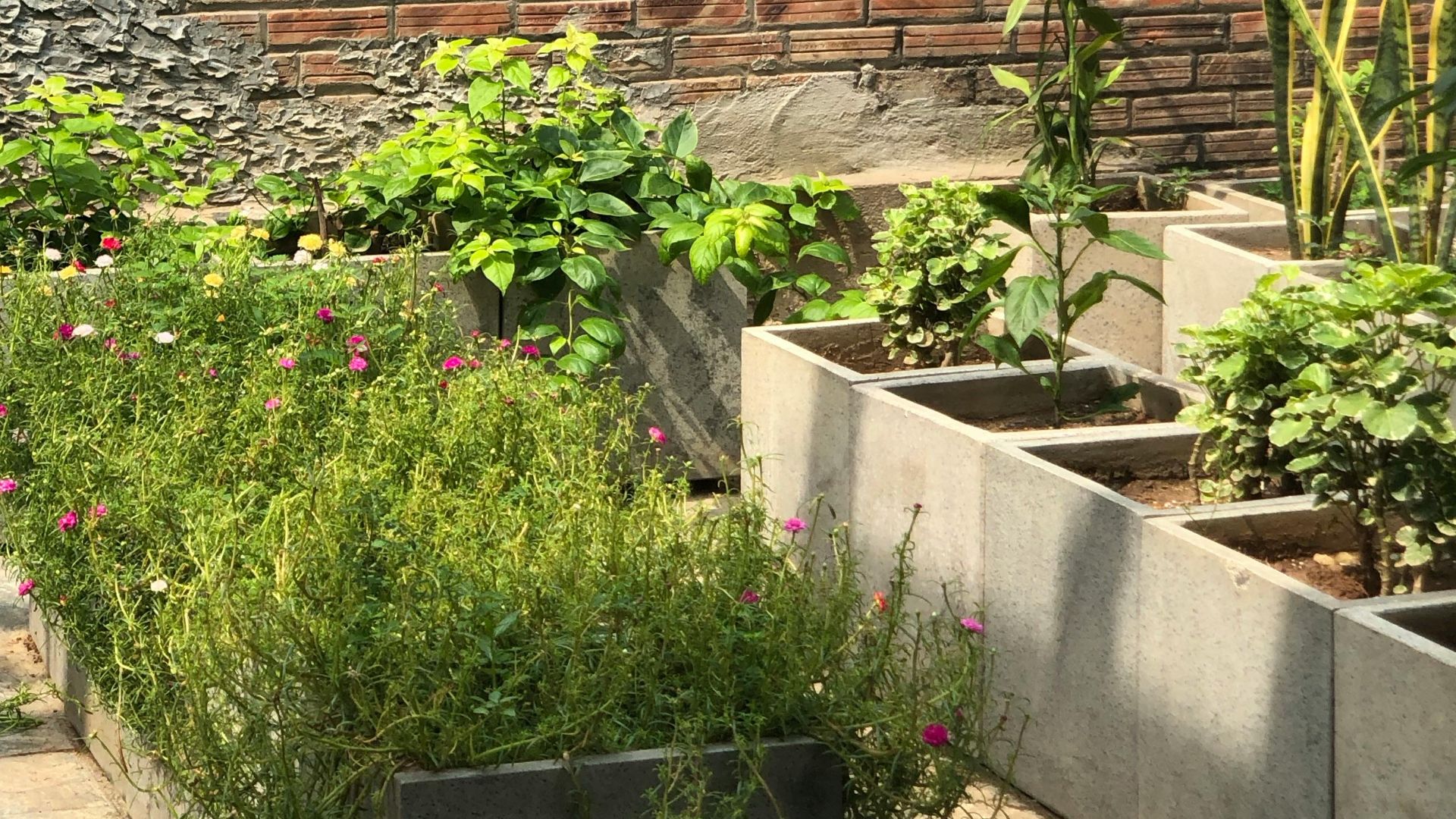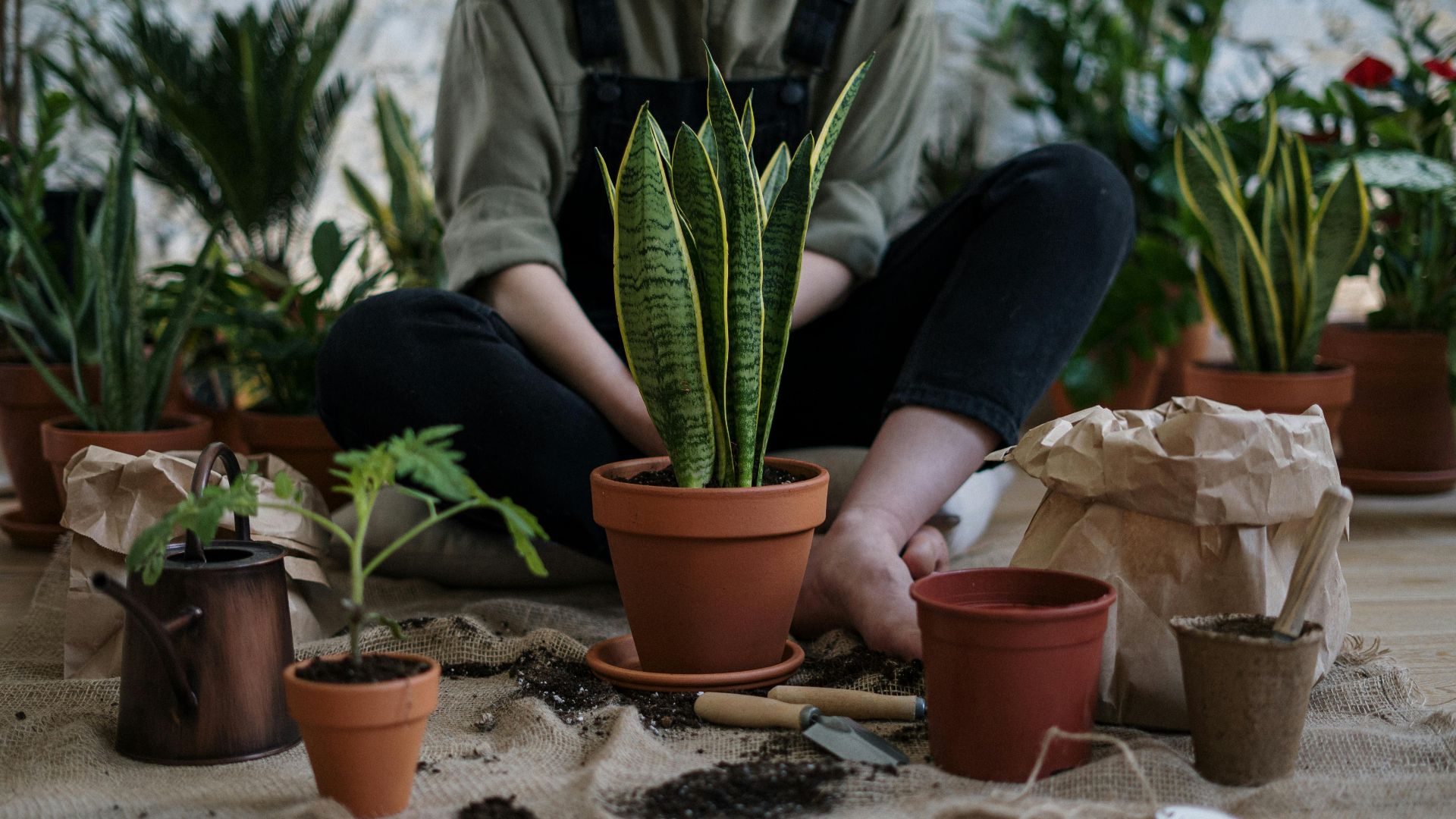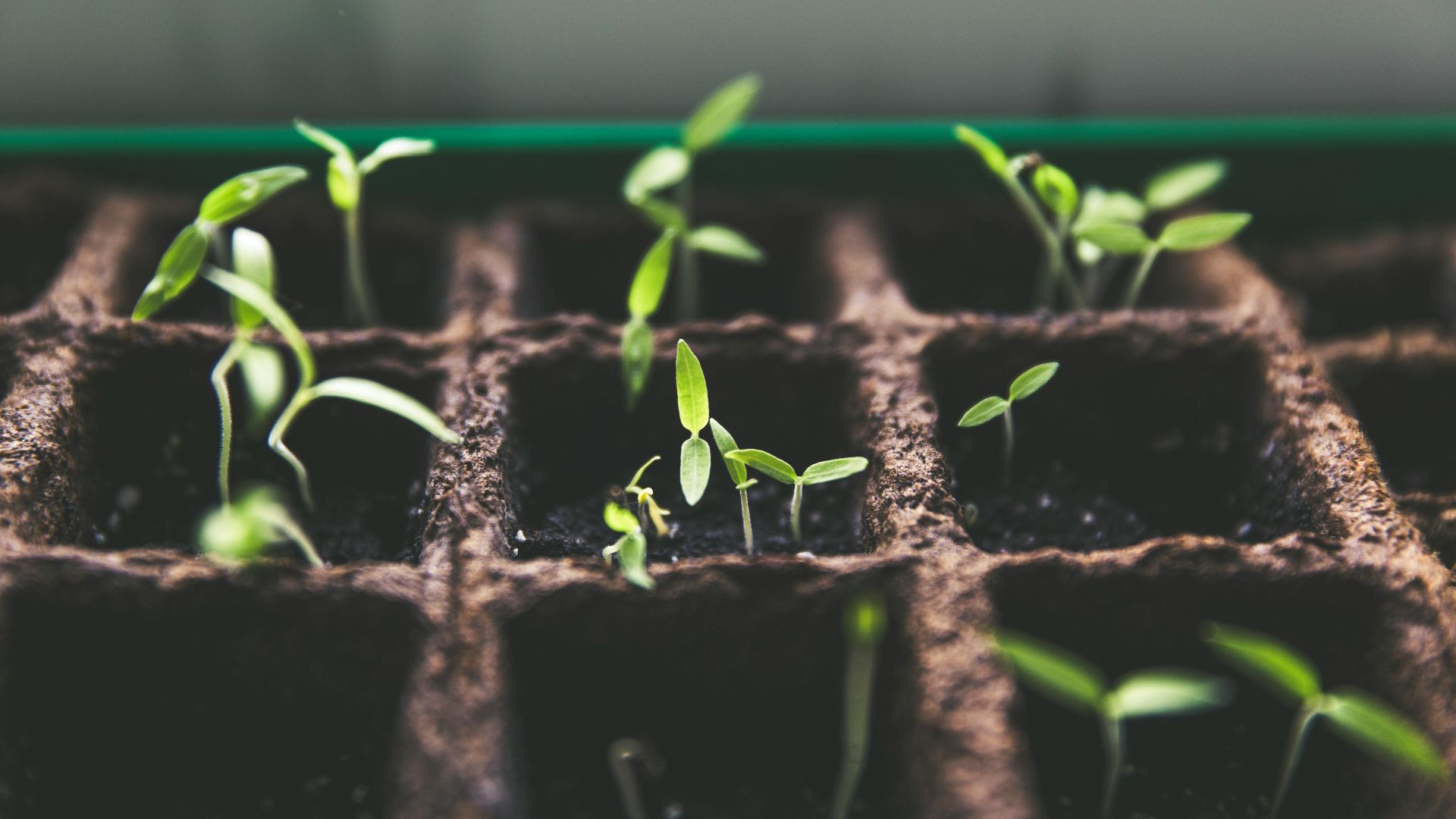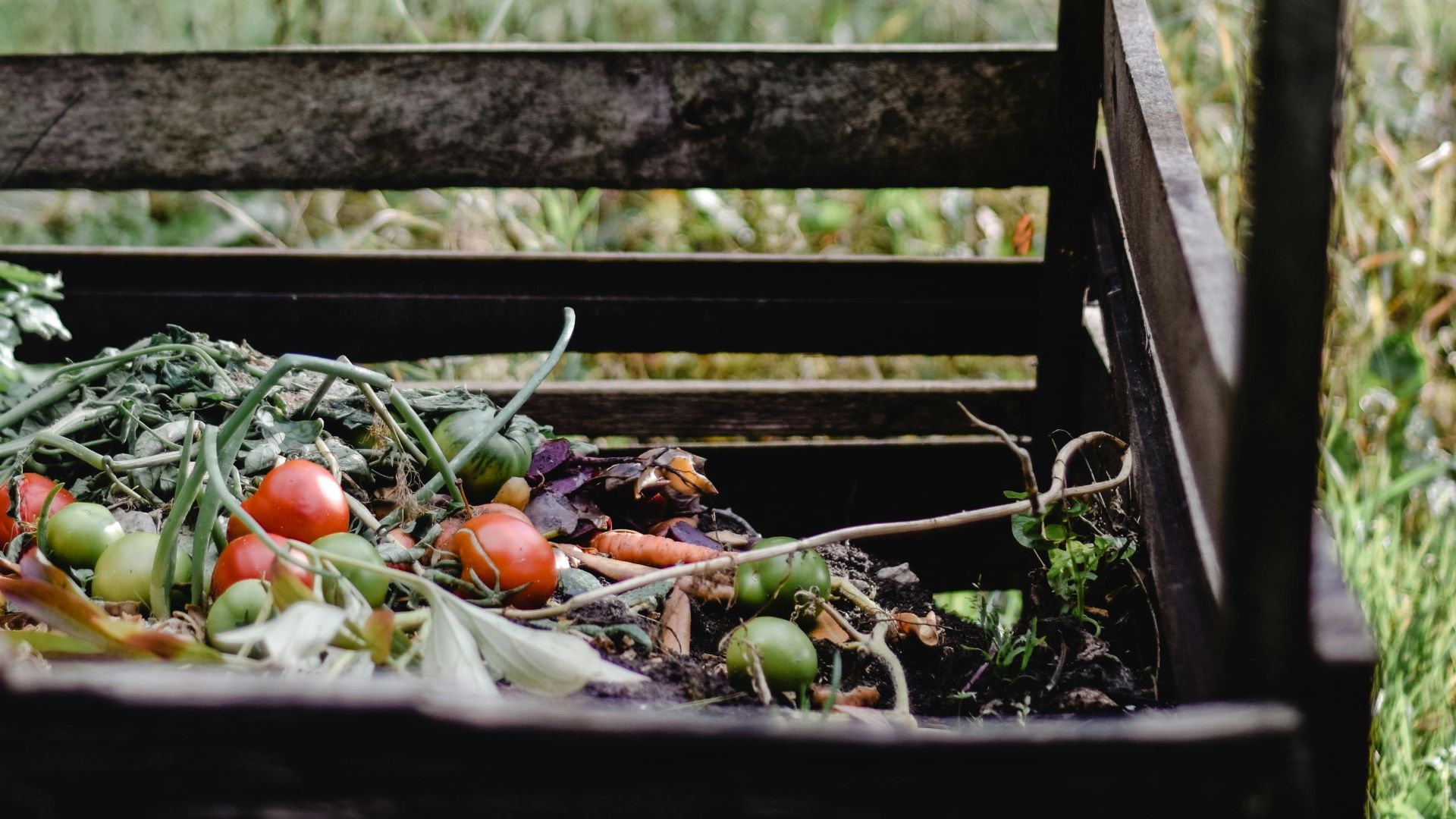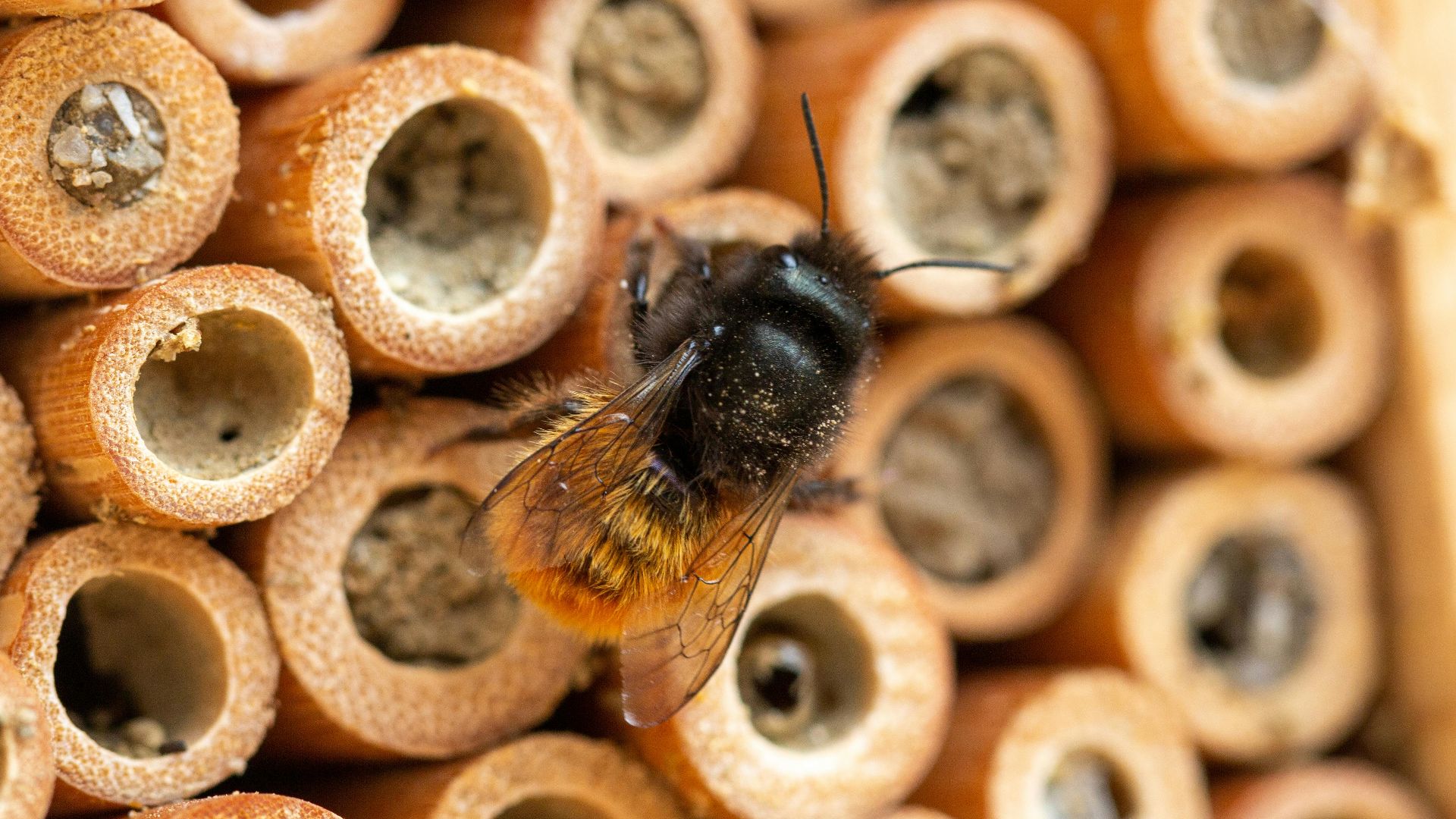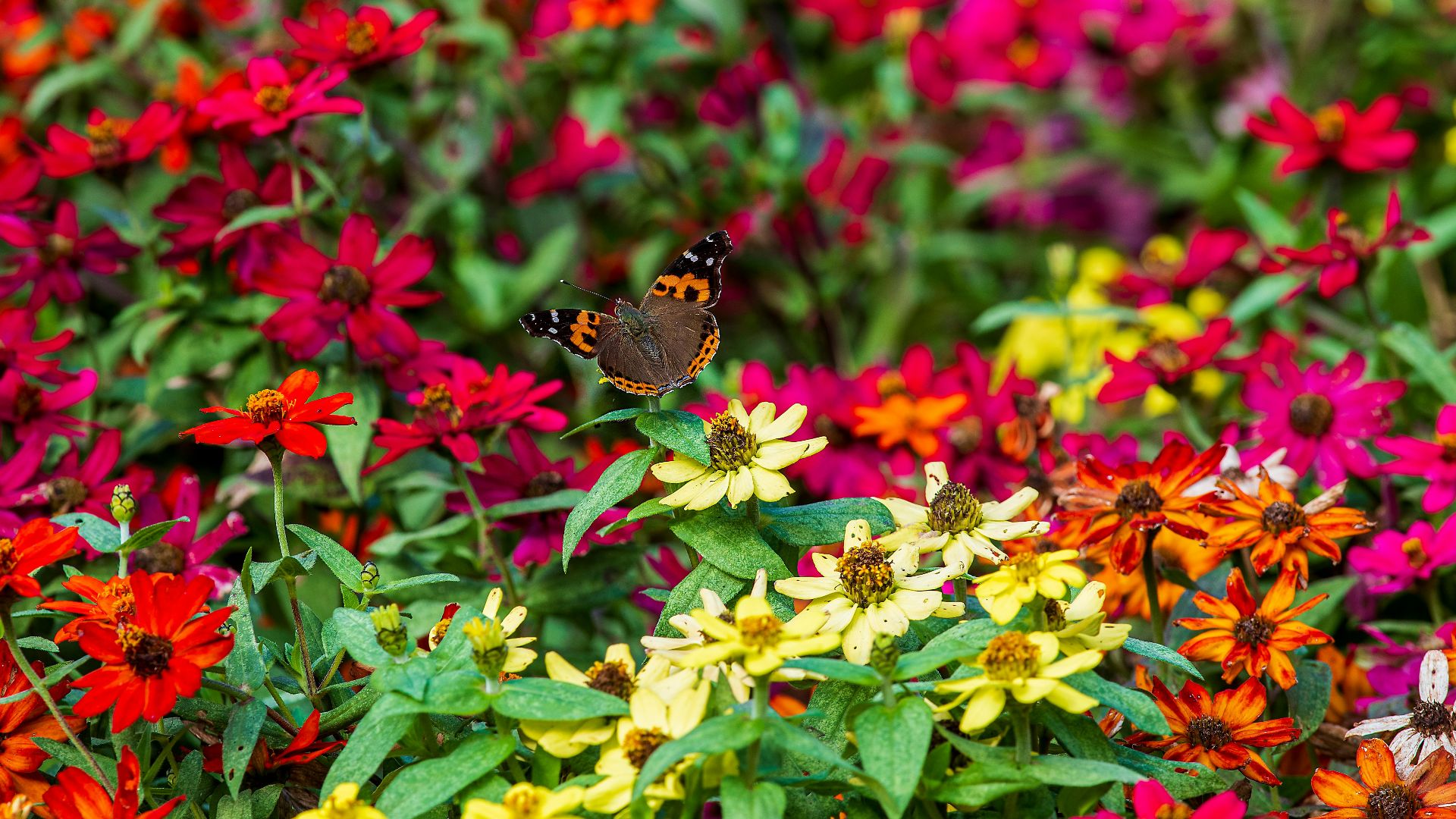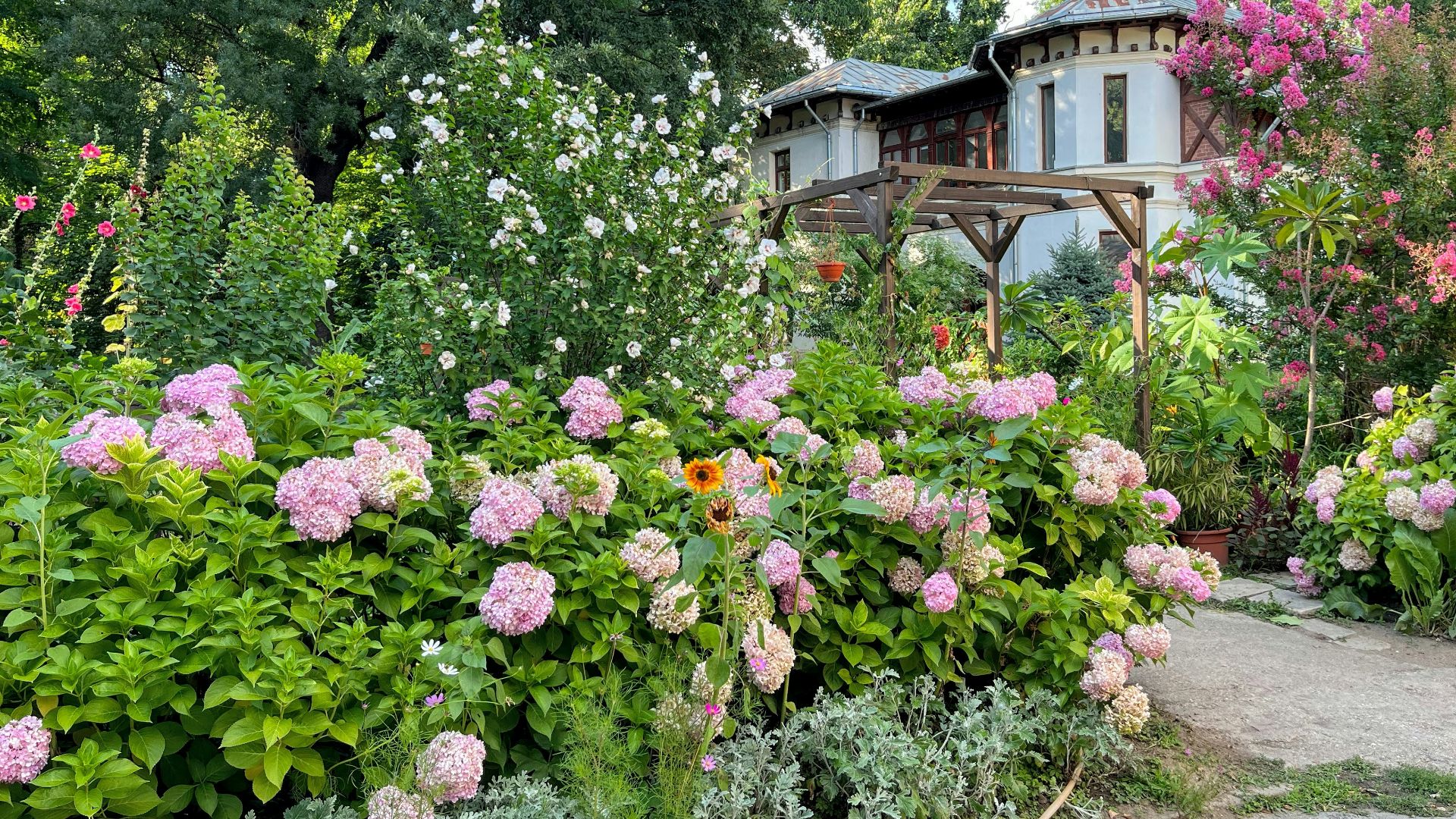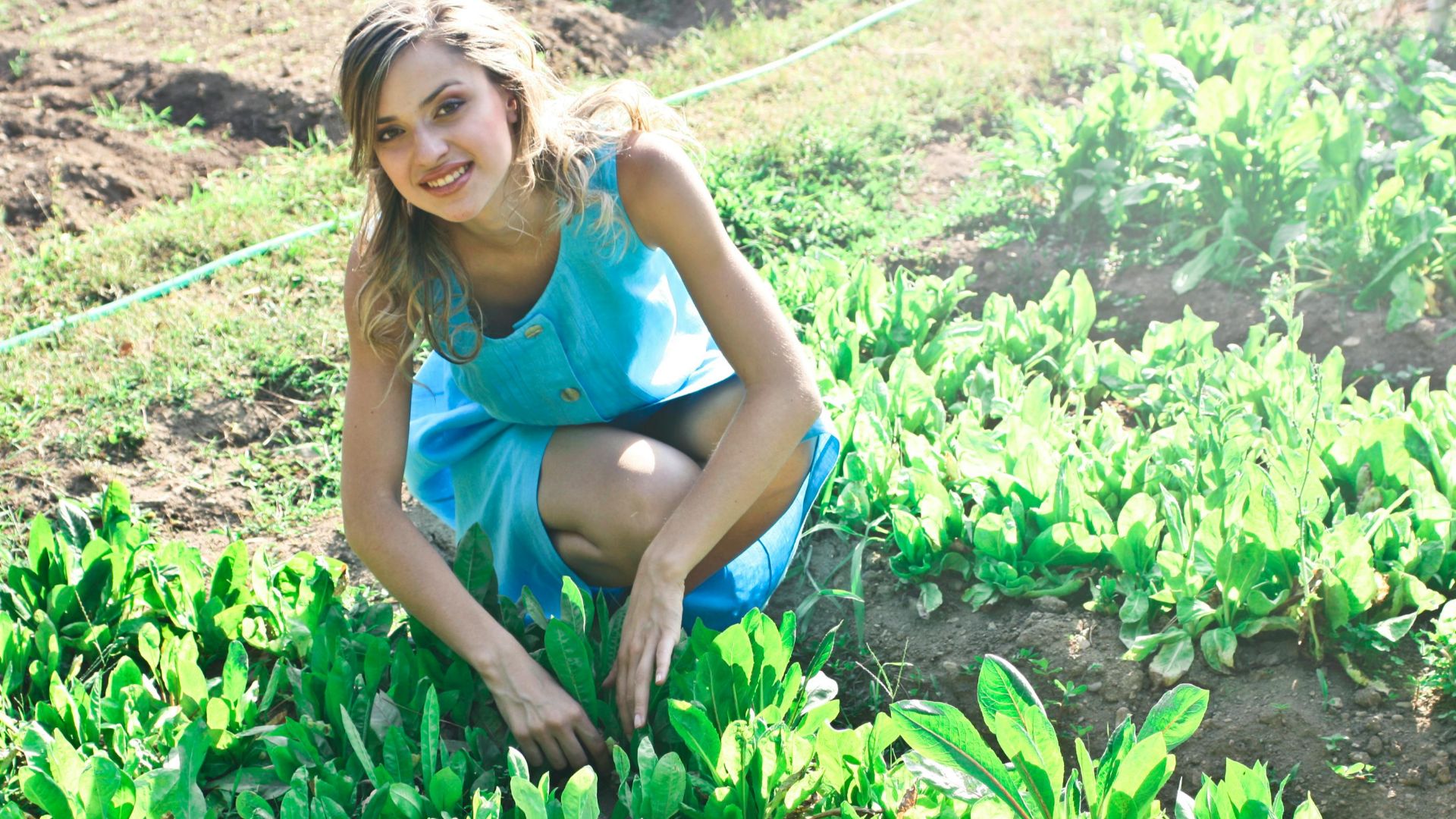Lawn Care Insights
Your weekend warrior approach to landscaping might be destroying the very lawn you're trying to save. Most homeowners accidentally sabotage their outdoor spaces by making choices that seem perfectly logical. But you're destined to live with bad landscaping forever. Simple adjustments to when you fertilize, what you plant, and how you space things can flip struggling gardens into lush showcases. So, to begin with, let's examine some common errors.
1. Overwatering The Lawn
Most homeowners think more water equals greener grass, but here's the brutal truth. Waterlogged soil blocks oxygen from reaching the roots. This, in turn, suffocates your lawn. Besides, when soil stays soggy, it creates the perfect breeding ground for fungal diseases.
2. Ignoring Soil PH Testing
An invisible killer is lurking beneath your feet. The simple pH number between 0–14 determines whether your plants will thrive or barely survive. When pH swings too far from the sweet spot of 6.0–7.0, they become incapable of absorbing nutrients.
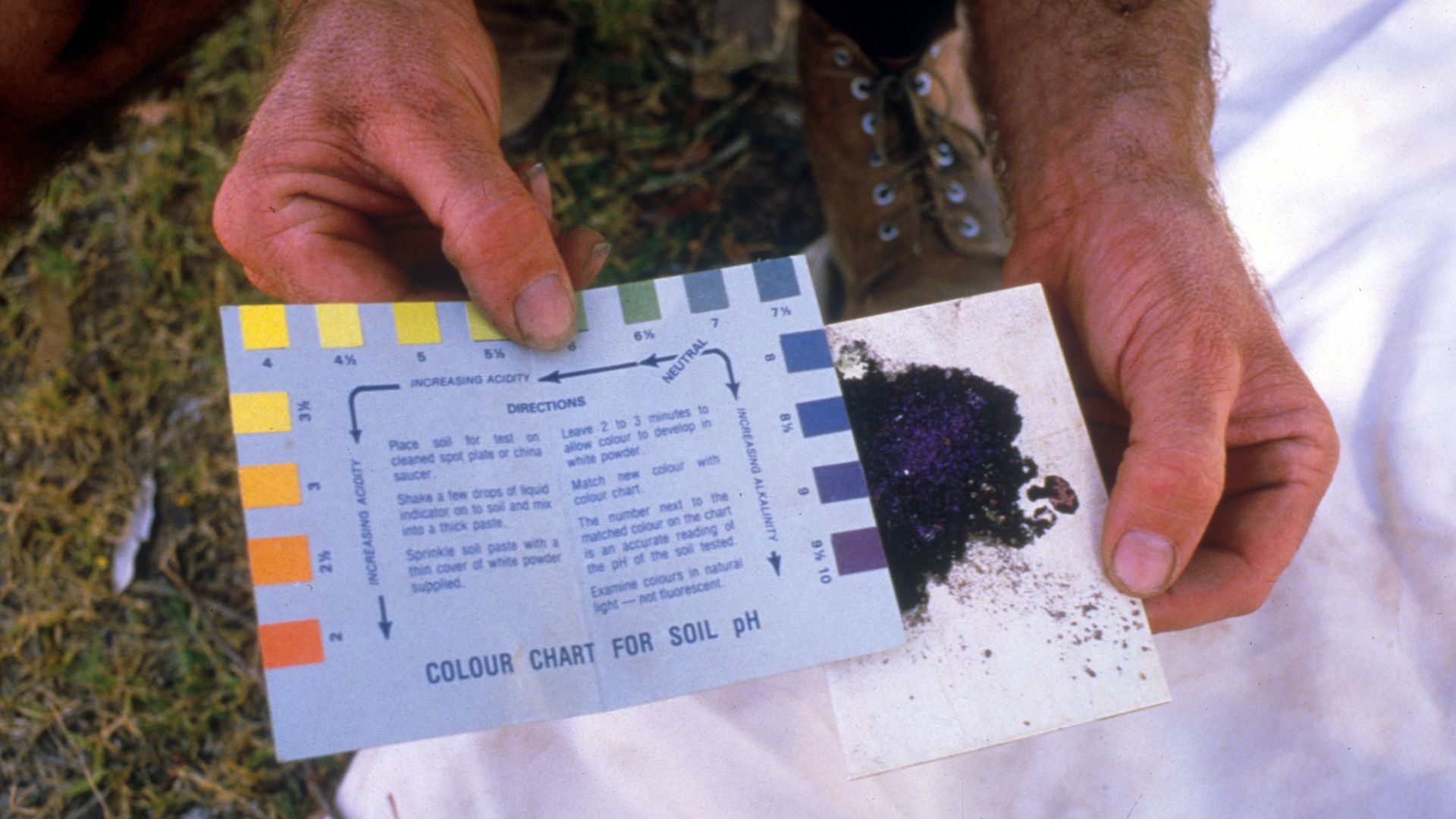 CSIRO Forestry and Forest Products, CSIRO on Wikimedia
CSIRO Forestry and Forest Products, CSIRO on Wikimedia
3. Cutting Grass Too Short
Grass blades aren't just green decoration; they're solar panels performing photosynthesis to feed the entire plant. Scalp your lawn below 3 inches, and you're essentially starving it of energy production capacity. Bare soil patches from overly short cuts pull in weeds like magnets.
4. Fertilizing At Wrong Times
Spring feeding of warm-season grasses before soil hits 65°F is like forcing breakfast on someone who's still sleeping—wasteful and potentially harmful. Over-fertilized lawns foster nutrient dependence. They develop excessive top growth that renders them vulnerable to pests and diseases.
5. Neglecting Native Plant Selection
Exotic plants attract gardeners with their flashy, foreign appeal, but this romance often ends in heartbreak and high water bills. Non-native species constantly struggle to adapt to unfamiliar climates. They demand a lot more water than local plants that evolved in your exact conditions.
6. Ignoring Seasonal Cleanup Tasks
Dead plant material scattered around garden beds can be seen as another winter resort for parasites and infections. All of this harbours threats that will spread to healthy plants come spring. Fall cleanup reduces overwintering pest eggs and larvae in garden beds.
7. Planting Wrong Sun Exposure
Sun-loving flora placed in shade become weak disappointments that rarely flower or fruit. The math is simple but critical: full-sun plants need 6+ hours of direct sunlight daily for photosynthetic production. Shade plants, on the flip side, burn when exposed to intense sun.
8. Improper Pruning Timing
Spring fever strikes gardeners hard and triggers premature pruning sprees. Grabbing loppers right after spring blooms means accidentally removing flower buds that were already set for the following season. Disrupting the natural growth cycle makes plants more susceptible to stress.
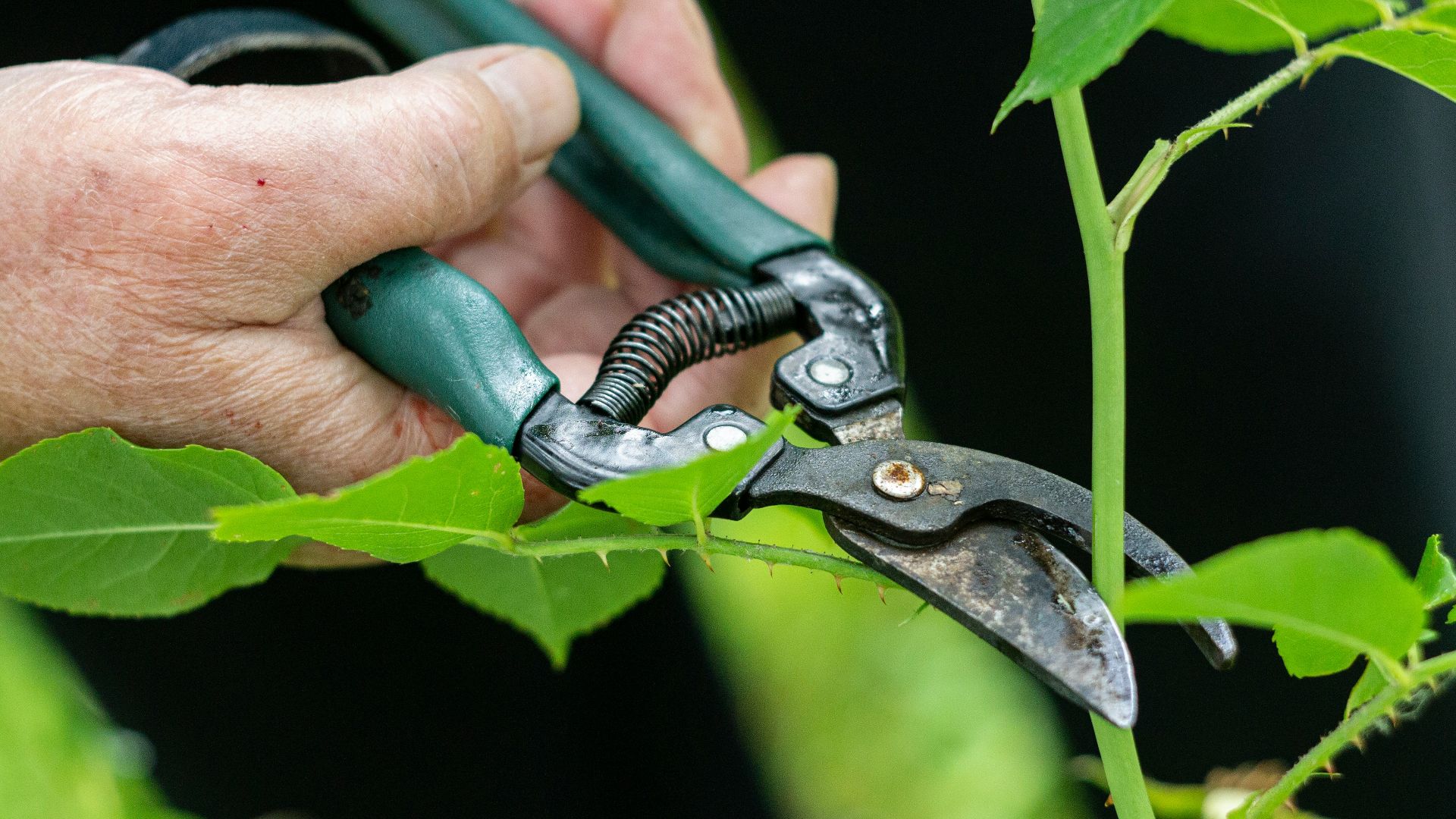 Margarita Shtyfura on Unsplash
Margarita Shtyfura on Unsplash
9. Overwhelming The Lawn With Ornaments
Too many ornaments create a cluttered look that competes with the natural beauty of the lawn and plants. This reduces the overall aesthetic appeal. Besides, ornaments placed too densely leave less space for grass and plants to grow and thrive.
10. Spacing Plants Too Closely
Spacing plants too closely, or overcrowding, can have a negative impact on plant health. Note that plants compete for essential resources such as sunlight, water, and nutrients, which limit their ability to grow to full size. Soil aeration issues might also arise.
Now let's explore some proven approaches that deliver those coveted green results.
1. Select Drought-Resistant Plants
Desert plants aren't just for Arizona anymore. They're the secret weapon for water-wise gardening everywhere. Xerophytic plants like succulents and ornamental grasses laugh at drought conditions, surviving on 75% less water. Deep-rooted varieties like prairie dropseed tap into groundwater reserves.
2. Implement Strategic Companion Planting
Marigolds planted near tomatoes work like botanical bodyguards. They repel harmful nematodes while simultaneously attracting beneficial predatory insects that patrol your garden for free. The legendary Three Sisters planting technique of corn, beans, and squash grown together maximizes area usage.
3. Install Landscape Lighting Systems
Sunset doesn't have to end your garden enjoyment when well-planned lighting converts outdoor spaces into evening entertainment venues. Professional landscape lighting can boost property values significantly. LED lights reportedly deliver the ultimate efficiency upgrade as they use comparatively less energy.
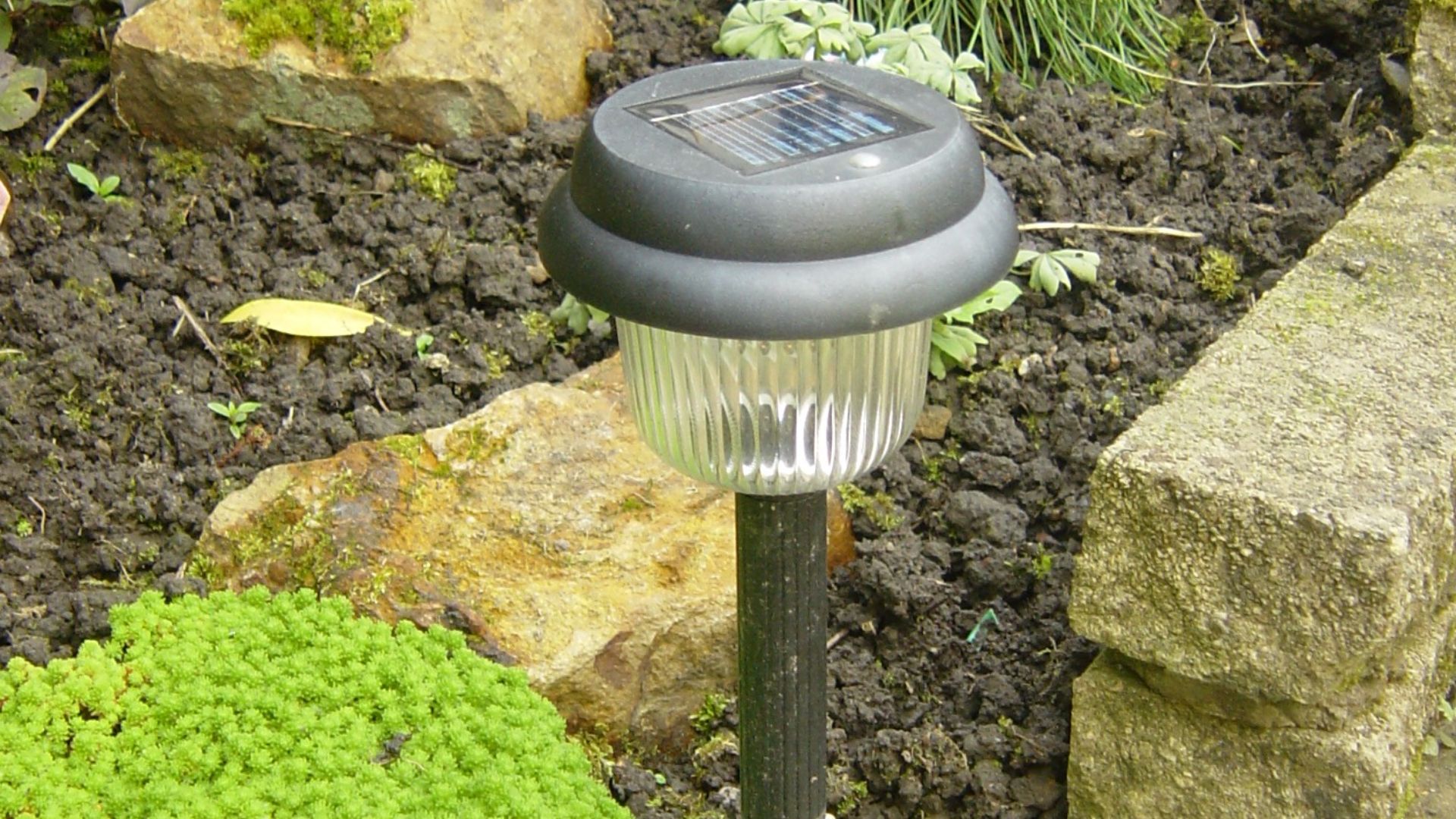 Childzy at en.wikipedia on Wikimedia
Childzy at en.wikipedia on Wikimedia
4. Practice Proper Composting Techniques
Well-made compost delivers slow-release nutrients and improves soil structure more effectively than expensive chemical fertilizers. This crafts long-term soil health that synthetic products simply can't match. Hot composting maintains temperatures between 130–160°F, which helps to kill weed seeds and pathogens.
5. Establish Beneficial Insect Habitats
A single ladybug serves as a voracious aphid-eating machine, consuming up to 5,000 aphids during its lifetime. Remember to leave leaf litter, brush piles, rock heaps, and undisturbed patches to offer hiding and breeding places. You can also build insect hotels.
6. Utilize Vertical Growing Spaces
It is said that vertical gardens can produce more food per square foot compared to traditional horizontal plantings. They often yield 3-4 times or even more, depending on crop selection and design efficiency. Besides, living walls deliver impressive cooling benefits.
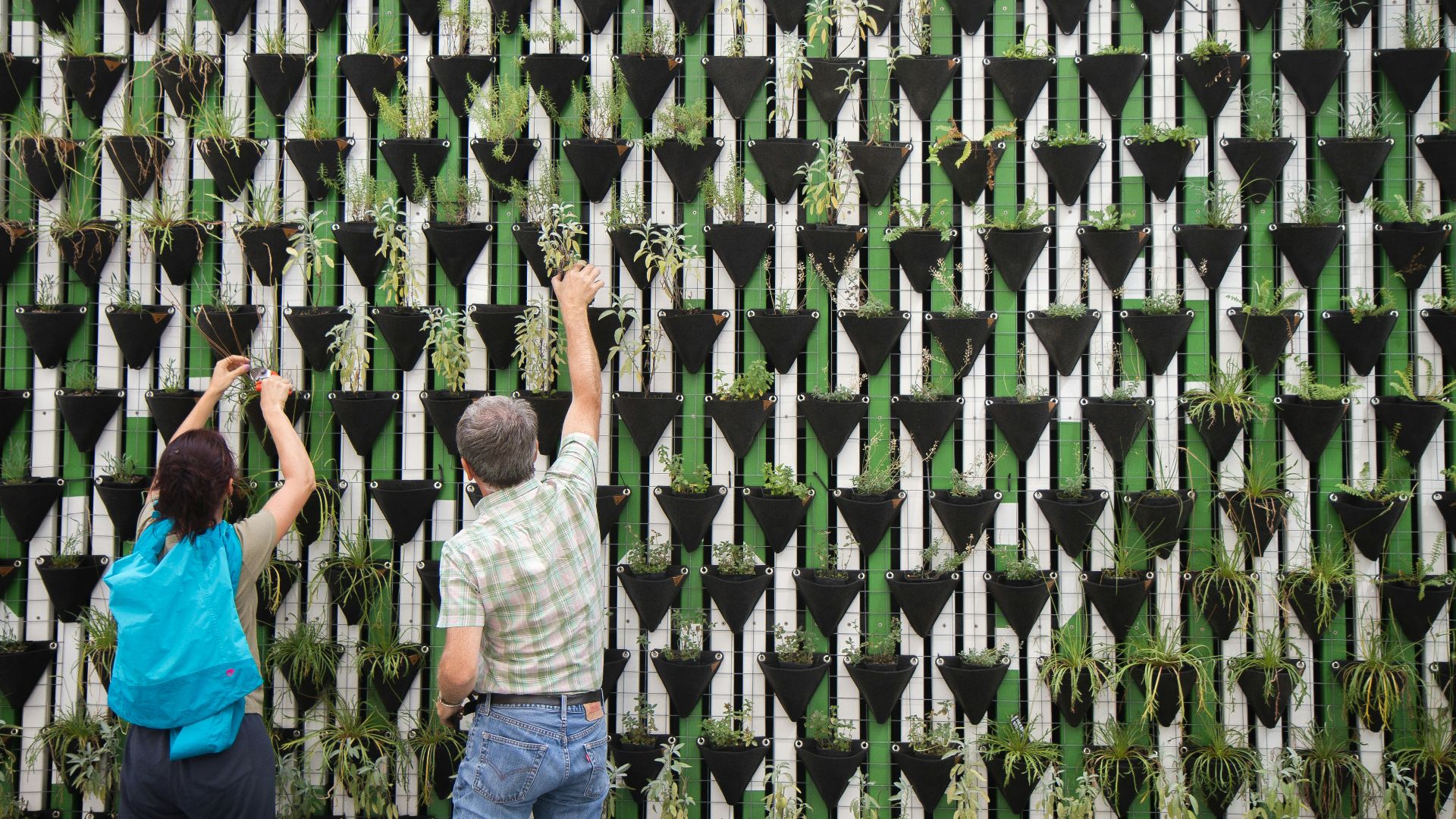 Daniel Funes Fuentes on Unsplash
Daniel Funes Fuentes on Unsplash
7. Master Succession Planting
Timing is everything when you unlock the secret of succession planting for continuous harvests. This strategic approach extends your harvest period by several weeks. It gives a steady stream of fresh produce throughout the growing season instead of overwhelming gluts.
8. Create Wildlife Corridors
Biodiversity is your garden's greatest asset, but only when you design wildlife corridors that connect isolated habitat patches. These green highways increase local biodiversity and give rise to thriving ecosystems that support beneficial species. A single chickadee devours around 350 insects daily.
9. Design Seasonal Interest Gardens
Ornamental grasses provide essential winter structure and graceful movement while requiring minimal maintenance. Apparently, spring bulbs planted during fall months produce early-season color bursts before most perennials even emerge from winter sleep. This increases your garden's performance season at both ends.
10. Master Strategic Plant Grouping
Garden efficiency multiplies the moment you group plants with similar water and light requirements. This also reduces maintenance headaches and improves overall plant health through compatible growing conditions. Layered plantings that incorporate trees, shrubs, and perennials mimic natural ecosystem structures.



